
Zephryanthes is a genus of about 70 species in the Amaryllidaceae (amaryllis family) native to southern North America, Central America, and South America, with common names including rain flower, rain lily, and zephyr lily (the closely related Habranthus also has the common name rain lily). One of the most common of these tender bulbs is the pink rain lily, Z. grandiflora (=Z. carinata, and often incorrectly listed as Z. rosea – which is really a Cuban species with much smaller flowers – or Z. robusta – which is a synonym of H. robustus, a Brazilian species with smaller, paler flowers on taller scapes) from Northern Mexico to Guatemala. In mild climates, pink rain lily is used as a landscape plant for its attractive foliage and big flowers but in the Midwest it is frequently relegated to container culture since it is only hardy in zones 7-10 and is easy to grow in pots.
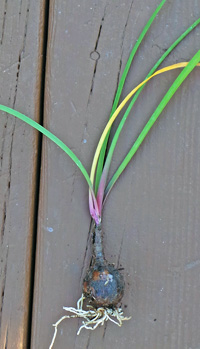
Pink rain lily is a perennial, with a tuft of outward-spreading grassy foliage growing from a tunicate bulb with reddish skin. The 4-6 long, narrow, strap-like green leaves are slightly glossy or shiny and may be reddish at the base. The foliage may be persistent or die back, depending on the conditions.
The erect, funnel shaped flowers are borne singly on the end of erect hollow scapes. The tightly furled, dark red buds emerge from the bulbs and the stalks elongate 10-12 inches before the flowers open. Each pink flower with a white throat can be up to 4 inches across. Each has 6 tepals (3 sepals and 3 petals that look the same), a long white style with a three-parted stigma that thrusts out to one side, and floppy, golden anthers. The flowers open out flat at midday and close in the afternoon. Although each flower only lasts one to a few days (depending on temperature and sunlight), there can be multiple flushes of blooms throughout the season. Other members of the genus bloom only once in spring or autumn.
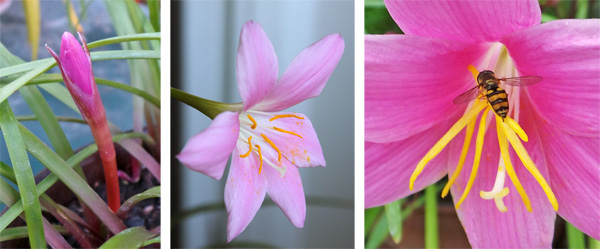
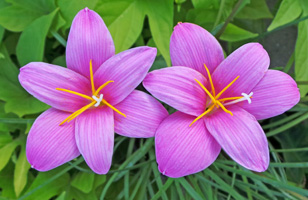
In their native habitat, the flowers typically emerge a few days after a soaking rainstorm after being dry for a period of time. In cultivation they will bloom without being subjected to cyclical droughts but even in containers outside during the summer flowering seems to occur more readily after thunderstorms. Cycles of drying and watering encourages the bulbs to bloom but they will still bloom in bursts if kept evenly moist year-round. Indoors they can bloom at any time of year.
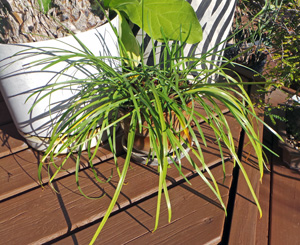
Plant the bulbs outdoors in the spring after all danger of frost is past in full sun and soil rich in organic matter. The top of the bulb should be about an inch under the soil surface and 2-4” apart (or closer in containers as they do best when crowded and slightly pot-bound). They are most effective planted in groups or clumps. These bulbs do well in the ground during the growing season but it may be easier to plant them in containers to place outdoors in the summer and then bring the whole container indoors for the winter.
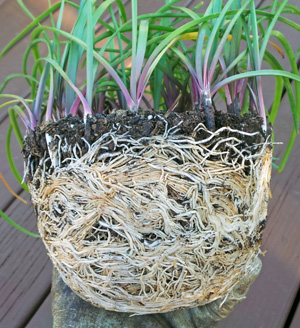
Although they tolerate dry conditions, foliar growth and flowering will be improved with regular watering and fertilizer. Plants need to be protected from frost, bringing those in containers indoors before the first frost in order to keep the foliage growing. Plants kept in containers over the winter should be kept on the dry side and watered infrequently until spring. Plants in the ground should be dug after the first frost kills the leaves and then should be stored for the winter in slightly moist peat or vermiculite in a cool location.
Rain lilies produce offsets from the original bulbs, multiplying readily.
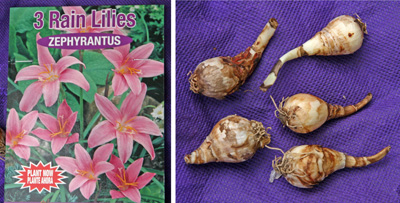
You can purchase bulbs and sometimes potted plants. The dried bulbs may take a season or two to become established and bloom regularly. Container-grown plants should be divided every four years or so. Like many species of Zephyranthes, pink rain lily bulbs and all parts of the plants contain toxic alkaloids that can cause vomiting, convulsions, and death if ingested. Most nursery stock is self-sterile and unlikely to set seeds.
– Susan Mahr, University of Wisconsin – Madison
Ask Your Gardening Question
If you’re unable to find the information you need, please submit your gardening question here:





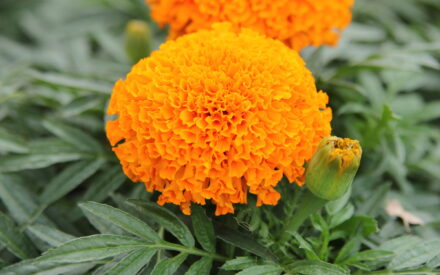 Marigolds
Marigolds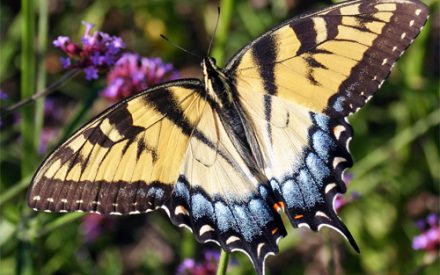 Create a Butterfly Garden
Create a Butterfly Garden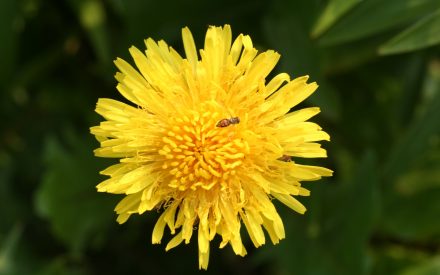 Plant Flowers to Encourage Beneficial Insects
Plant Flowers to Encourage Beneficial Insects Forcing Bulbs
Forcing Bulbs


